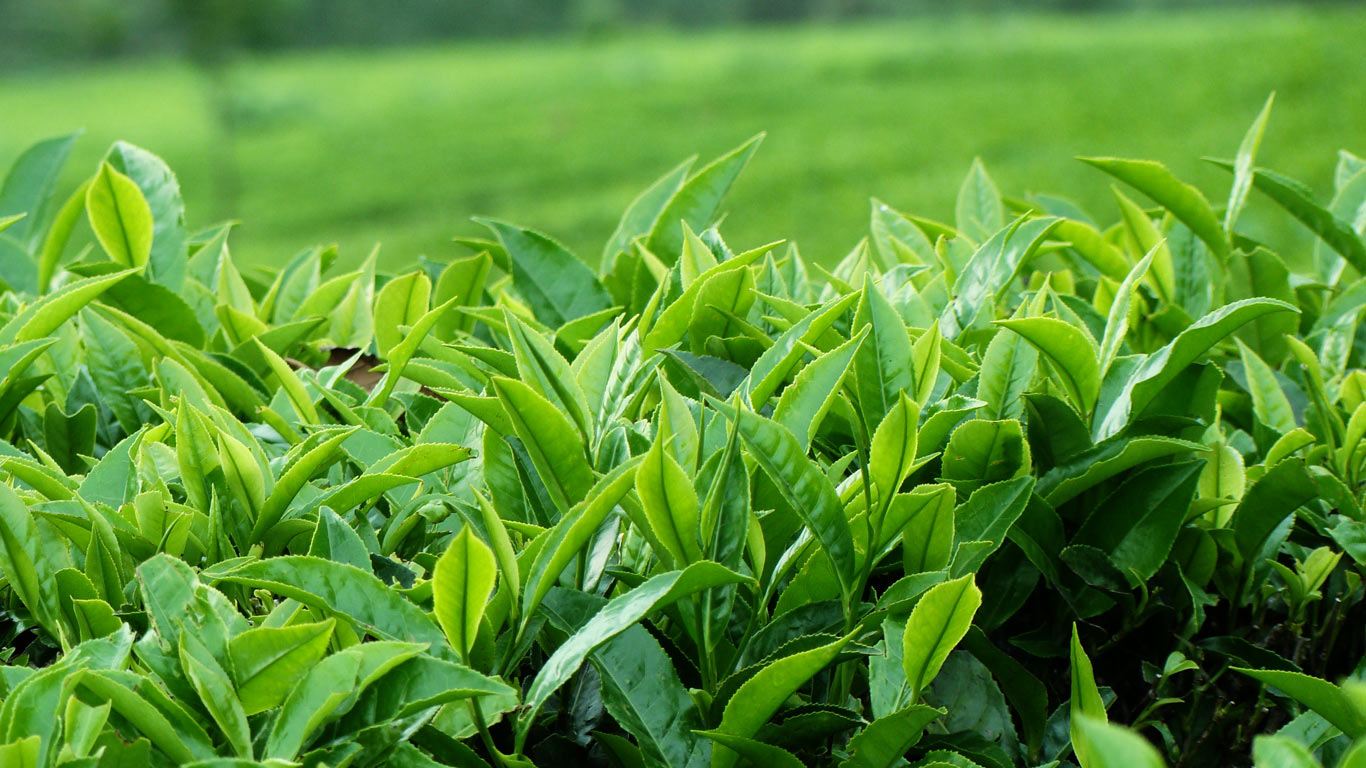GREEN TEA
Green tea, most popularly known as the ‘anti-aging beverage’ is packed with nutrients. Cultures such as Japan, where aging is relatively slow and less-impairing have green tea as an essential part of their diet.
So what exactly is green tea?
Green, black and oolong teas come from the same plant, Camellia sinensis. The difference is that green tea has leaves that have not been fermented so they contain the highest level of antioxidants.Some of the antioxidants and healing compounds found in green tea include polyphenols, catechins and various other types of flavonoids.
Even though it contains small amounts of caffeine, green tea consumption has been associated with more health benefits than even many ‘superfoods’.
BENEFITS OF GREEN TEA
Long term studies on various populations suggest that green tea is beneficial for overall health, however it shows incredible amount of benefits for the following conditions:
- Heart health by reducing atherosclerosis and risk of heart diseases
- Lowers blood pressure
- Reduces cholesterol levels
- Reduces inflammation in cases of arthritis
- Increases bone density
- Improves memory
- Helps prevent cancer
- May help prevent memory loss and Alzheimer’s
- Helps protect brain cells from free radical damage
- May help prevent diabetes and insulin resistance
- Promotes bone health
- Protects vision and prevents eye diseases
- Aids in weight loss
GREEN TEA AND HEART HEALTH
Clinical studies have shown that green tea helps lower LDL and triglycerides which is good news for your heart. Drinking green tea regularly is also associated with lower risk of heart attacks, and deaths from heart attack or stroke.
Powerful antioxidants in green tea — especially epigallocatechin gallate, or EGCG — can help prevent atherosclerosis (buildup of plaque in arteries). “The EGCG can [also] help boost metabolism, helping to make it easier to achieve and maintain a healthy weight. In addition, green tea helps improve the function of endothelial cells in blood vessels,” says Erin Palinski-Wade, RD, who works with heart patients and is also the author of Belly Fat for Dummies.
TYPES OF GREEN TEA
There are so many varieties out there. How do I choose?
There are a wide variety of green teas available around the world. Each place has its own unique variety with a unique taste, texture, aroma, and benefits.
Here are some of the most common types of green teas available:
- Fukamushi Sencha
- Gyokuro
- Kabusecha
- Matcha
- Tencha
- Genmaicha
- Hojicha
Why some green teas are a lot more expensive than others depends on a number of factors including but not limited to: the quality of the soil, availability of clean water, elevation of the agricultural land, time of the year it is harvested, the length of leaves, how long ago it was harvested, and how it is stored.
HOW TO BREW A PERFECT CUP OF GREEN TEA
Most experts recommend drinking 3 to 4 cups a day for availing maximum benefits of green tea.
Ingredients
- 1-2 teaspoons of green tea leaves
- 1 cup of water
Method
- Boil the water until it reaches a temperature of 71-82 degrees C / 160-180 degrees F.
- Let it sit for a minute or so before adding the tea leaves.
- Let the mix steep for approximately five to eight minutes; or longer if you prefer strong flavor.
- Strain and transfer the tea to a cup.
- Add honey or lemon to taste.
- Enjoy!
Matcha Tea Brewing Method
It is best to read the instructions on the box, but generally Matcha tea is brewed this way:
- Fill kettle with water and heat to just short of boiling.
- Warm the serving bowl by pouring hot water in, and then throwing it out.
- Add 1 teaspoon of matcha tea powder to bowl or cup and 2 ounces of nearly boiled water.
- Whisk for a minute or two until it looks thick and frothy with tiny bubble, then add 3–4 ounces of boiled water before drinking.

